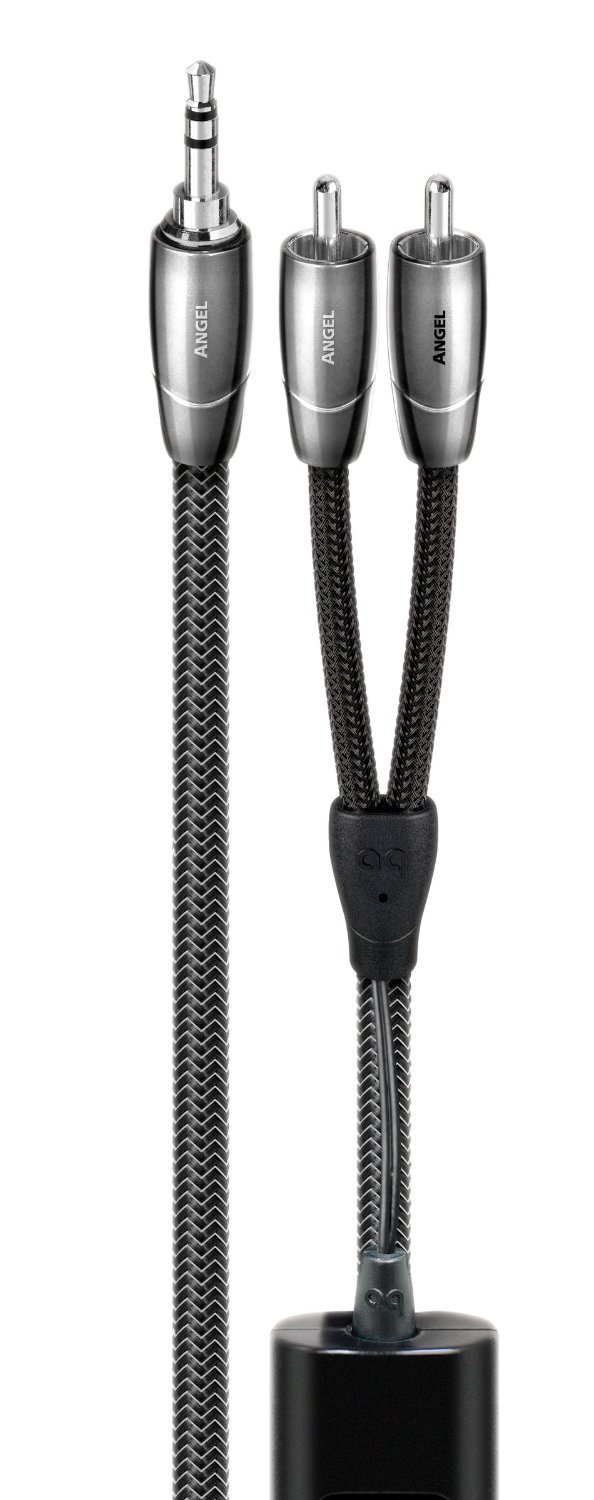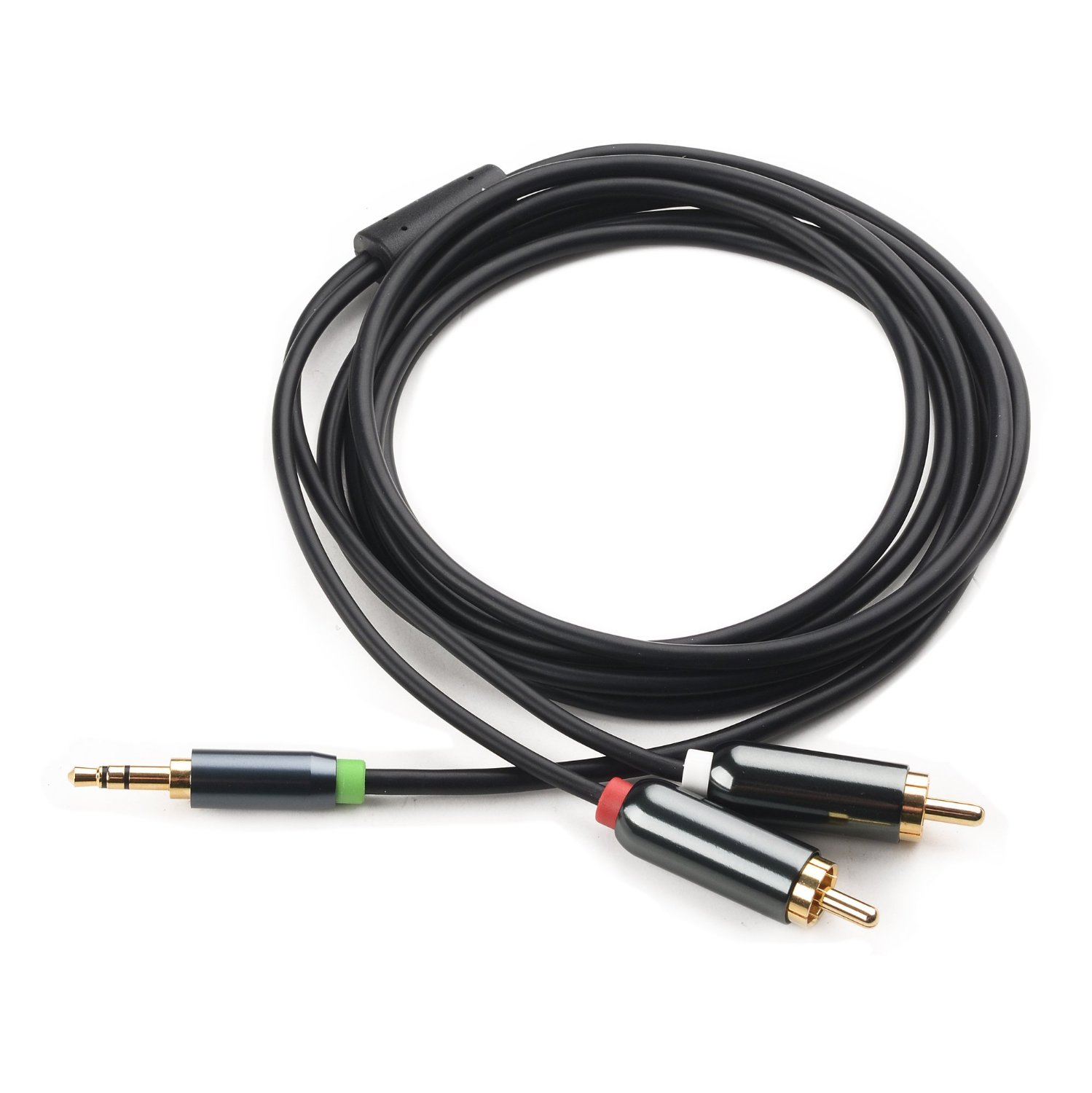Do cables really matter? (Part 2)
In this post, I would like to focus on my views in buying high-end premium cables for your audio system. As previously mentioned, cables act as a medium to transmit signals between hardware. Hence, a good quality cable will retain signal integrity for the system.
Premium cables such as the Audioquest Angel 3.5mm to RCA cables are easily priced at around $1000 USD for a 1m cable. As a comparison, a similar type of cable from a generic brand such as Cable Matters would cost around $10 USD. That is a huge sum of money to be invested in a single cable and that calls for a more in-depth review to justify purchasing the high-end version.
Left: Audioquest Angel 3.5mm to RCA cable, Right: Cable Matters 3.5mm to RCA cable
When it comes to evaluating the quality of a certain cable, there are a few aspects we can look at. As mentioned in my previous post, a balanced cable is resistant to unwanted interferences even in long cable distances, as the signal will go through a differentiating process to cancel out the induced noise. Regardless of material superiority, whether the cable is being made of gold or copper, an unbalanced cable (such as the 3.5mm to RCA cable) is susceptible to unwanted interference.
Do take note that if a balanced cable is used in an unbalanced output, the cable will still be carrying an unbalanced signal and vice versa. Using the correct type of cable for the right application is therefore important, as it will cause unnecessary problems if not followed through.
Audio cables are passive, meaning there is no active circuitry built inside to improve signal quality. It is a transmitting medium that carries signal from one point to another, where the signal loss will be a factor that affects signal integrity (in this case signal strength) relative to distance. Unless the cable is using some proprietary transmission protocol, premium cables do not improve any signal quality, as it is basically a passive medium.
In addition, even when only premium cables are used in connecting different audio hardware together (e.g. from DA to speakers), one would have to be mindful that the internal wiring of these audio hardware does not utilise these "premium" cables in its circuitry. Thus, the premium cables have pretty much no influence in terms of signal integrity improvement, as the rest of the hardware does not make use of them. Although you can try and redo all the wiring schematics in your beloved audio gears with premium high-end cables, I am fairly sure that this will not have any significant enhancement towards your system performance.
A twisted pair (balanced) cable is almost as good as it gets when it comes to retaining signal integrity, as the twisted pair conductors improve CMRR and the balanced cable is resistant to interferences. The introduction of a Star-Quad Cable was to further improve the immunity to interferences and it has shown real-world improvement. These four conductors shielded configuration can be thought of as two twisted pairs twisted together. Using four small conductors in place of two conductors allows the loop area of the cable to further reduce and improve rejections towards electromagnetic interference. Star-Quad cables seem to be used mainly in live sound applications where long cable runs are common.
Canare L-4E6S Star-Quad Cable
As a bonus, LinusTechTip has also reviewed a $1000 HDMI cable recently and the cable does not show any significant improvements in terms of signal quality.
Investing in good quality cables is important, as their serviceability will easily justify the cost. I will advise not to spend the unnecessary cash in buying high-end premium cables, as it does not have any influence in your signal quality improvement. I would rather save up the money and invest in another important audio gear such as the power conditioner.
YWFU


